Pickleball is extremely addictive, and odds are if you are reading this, you have given in to this addiction.
With this addiction comes the increased risk for injury. Ideally, you take great caution to warm up and recover well to prevent injuries, but sometimes they happen anyway.
We've got some drills you can do to continue to work on your game, even when you are injured.
ARMRA: Take Your Dink Game To The Next Level
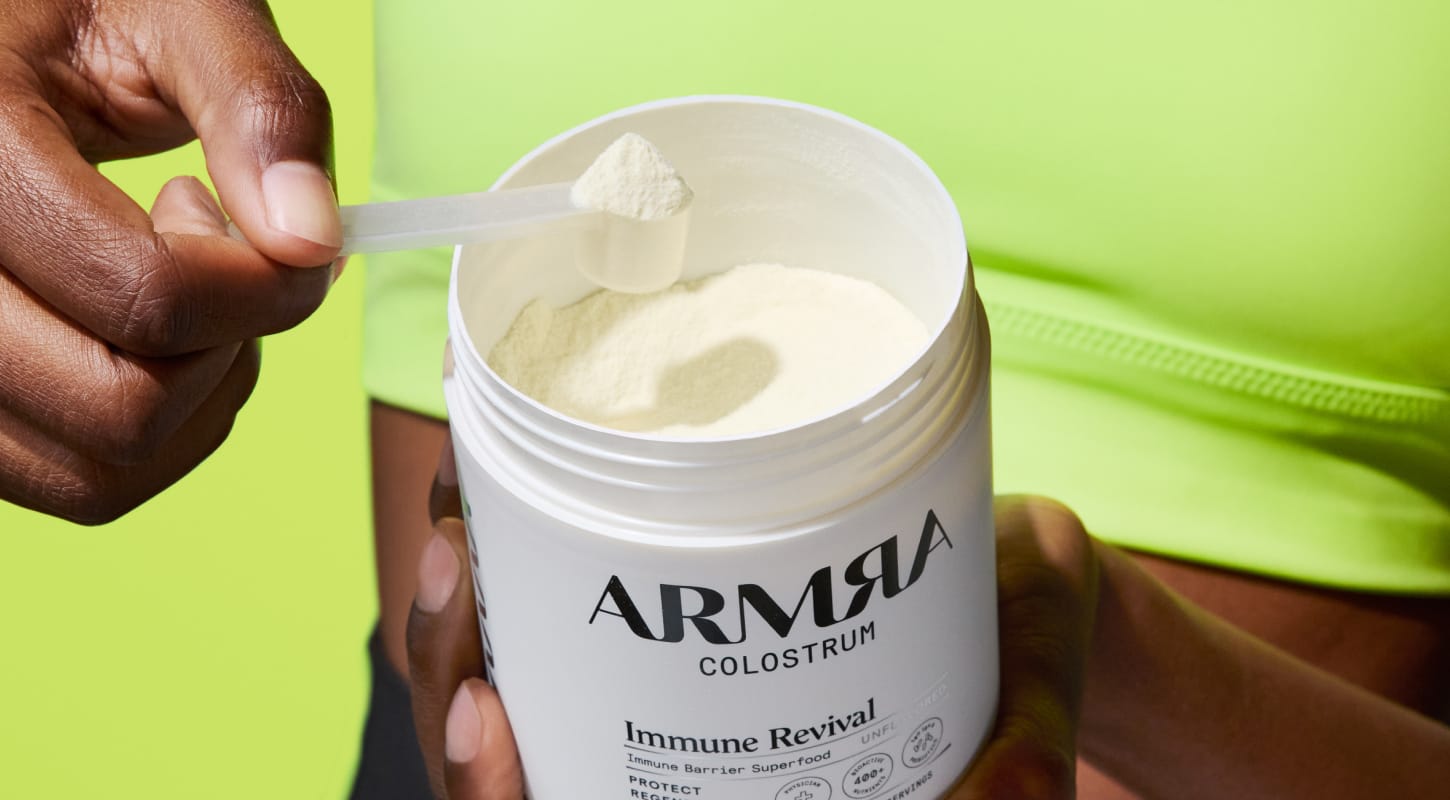
If you want to achieve ultimate performance, you’ve got to harness your body’s untapped potential. So why not go to the source to make sure that the health of your mind and body is at its peak?
ARMRA Colostrum is premium bovine colostrum concentrate, nature’s bioactive whole food, and an unrivaled powerhouse of cellular nutrition with over 400 bioactive nutrients. It works at the cellular level to strengthen your body’s barriers, maximize your endurance, and stamina, help build your lean muscle, and accelerate recovery time … and that’s just scratching the surface.
By addressing your body’s foundation, ARMRA unlocks additional benefits across your immunity, gut health, metabolism, hair growth, and more.
We’ve secured an exclusive offer for readers of The Dink. Get 15% off your first order here by entering “DINK” at checkout.
Disclaimer: You should always work with your doctor or physical therapist when dealing with an injury. Rest is the best way to heal.
Work on your hand speed against a wall
If your injury is related to your legs, you likely have no limitations and can use your upper body as normal. If this is the case for you, work on your hand speed.
Grab a ball and your paddle and go to the nearest smooth surface wall. Ideally, this would be a backboard on a pickleball court or maybe a smooth concrete wall at your house or office.
Roughly measure out seven feet from the wall, or the length from the kitchen line to the net. Start by warming up with some soft volleys against the wall, making sure to hit the ball right back to yourself to prevent having to move side to side and irritating your lower body injury (whatever it may be).
As you feel warmed up and your eyes are tracking the ball, start to work on specific patterns. First, aim to hit all forehand volleys, both with light top spin and flat as though you were countering a speed up. Then, work on backhands.
Next, alternate, choosing a pattern that you want to work on. I like to do two forehand volleys and then a backhand volley, or vice versa. The important thing is to mix up the pattern so that you are training your hands to react to different looks and balls.
As you comfortably get into a rhythm, hit the ball faster to speed up the bounce off the wall. Then, start moving closer to the wall. This will really increase your hand speed and will prepare you for fast fire fights. Again, this drill is best for anyone with a leg injury who can still move their upper body without limitations.
Low lunge dink shadow strokes
Let’s say you have a wrist or elbow injury from pickleball, both of which are quite common. Again, listen to your body and refrain from doing anything (including this drill) that might further your injury or prevent healing.
Learn How to Hit a Pro Level Backhand Dink Like James Ignatowich
Top pickleball pro James Ignatowich teaches a 3.5-level player how to hit a pro-level two-handed backhand dink. Here are the key takeaways so you can learn it too.
 The Dink PickleballJason Flamm
The Dink PickleballJason Flamm
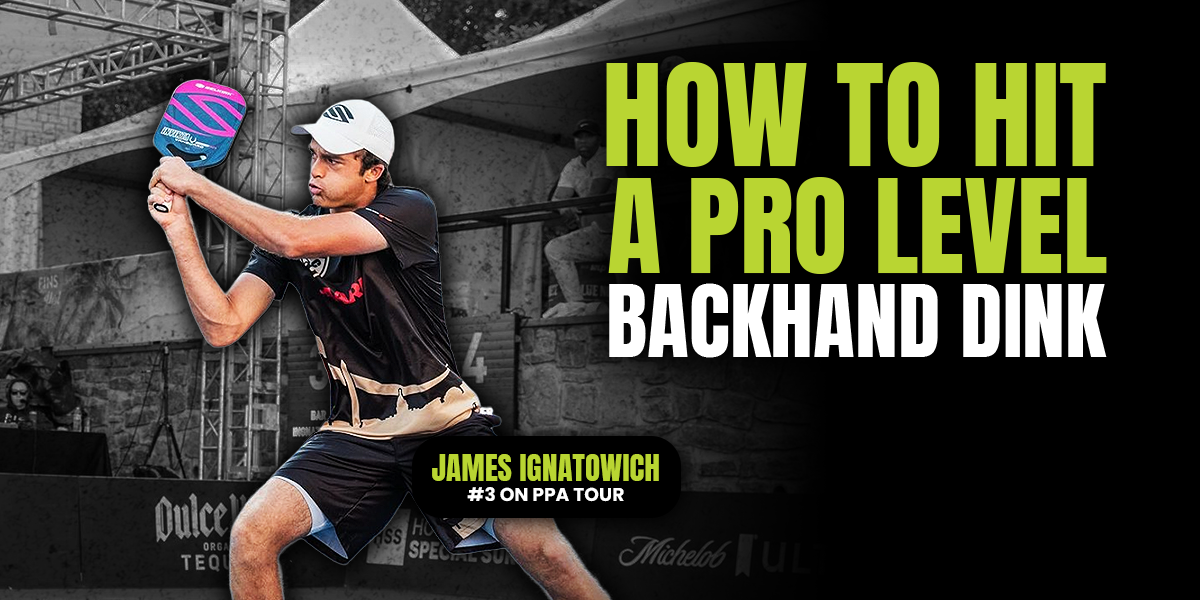
With that said, this is a good drill that will help your footwork and dinking stay sharp despite having an arm/upper body injury.
Grab your paddle and go out to the kitchen or create a makeshift kitchen somewhere else (like your garage or driveway). Start in the center and practice side-stepping the width of the kitchen to one side and hit a shadow dink (go through the motion of hitting a dink but without the ball).
Practice just hitting shadow forehand dinks, paying extra attention to your footwork, and working on lunging through your right leg to get below the ball (or in this case, the imaginary ball).
Make sure you don’t cross your legs (don’t step your left leg over your right and vice versa). Set a timer or stopwatch for a minute and hit as many shadow dinks as you can in that time frame, making sure you side step back to the middle of the kitchen between each dink.
Once you have done this, set a timer for a minute and do all backhand dinks, focusing on lunging low and having good footwork. Then, create another pattern like we did above with the hands drill. Hit two backhand dinks in a row and then a forehand, etc. This should be tax-free on your upper body but will help you develop good footwork and strong lunging legs to help you execute good dinks at the kitchen.
Watch film of professional pickleball players
Nearly all the best sports professionals in the world watch film.
A Handful of Unwritten Rules in Pickleball You Should Bring to the Courts
Every sport has rules, and most have very specific unwritten rules. Pickleball is no different. Here are five unwritten rules of pickleball you may not have known.
 The Dink PickleballJason Flamm
The Dink PickleballJason Flamm
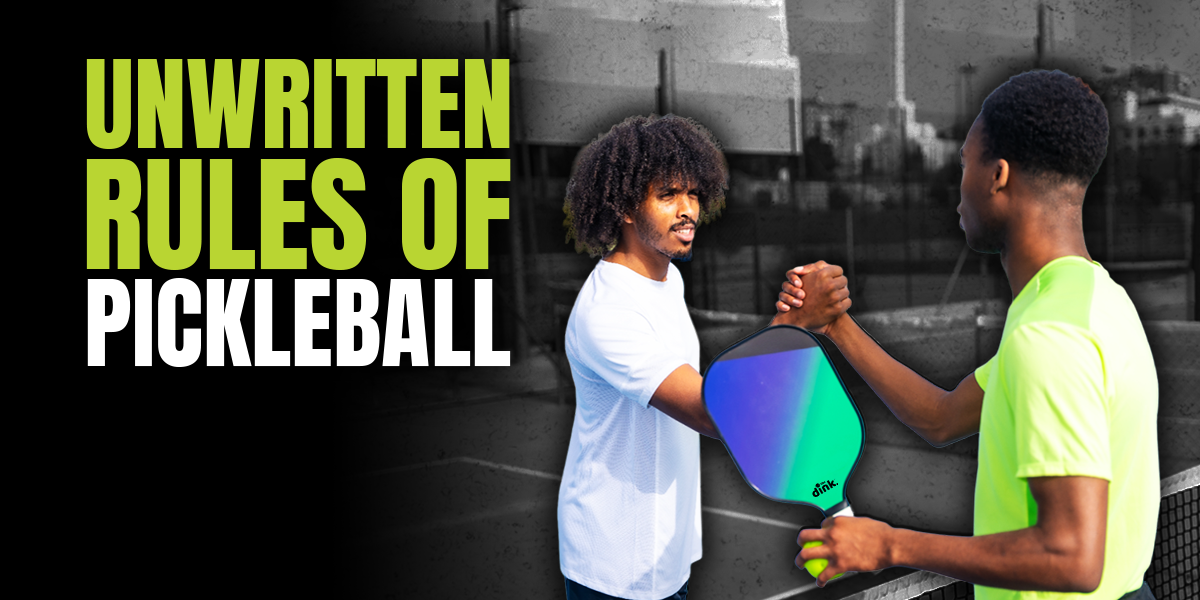
It's no different in pickleball. The top players are studying film constantly when off the court, and amateurs can benefit even more by doing so. If you are injured and therefore maybe unable to practice or play like normal, then watching film is essential and a great way to improve quickly when medically cleared to return.
My first recommendation on watching film is to pick a shot that you need to work on and find videos of a pro player who is good at that shot. A great example of this would be pro player Tina Pisnik’s crosscourt slice backhand dink. Find videos of Tina playing, fast forward or skip to where she’s at the kitchen, and try to emulate her backhand dink. Pay attention to details: what does her footwork look like? When does she reach in to dink out of the air versus letting the ball bounce? Where is the butt of her paddle facing when she makes contact? This is an excellent way to model your own shots after the best in the world.
Lastly, find film of a pro match and watch the overall strategy at different points in the match. How does the team your watching play when it is 0-0 in the first game versus 9-8-2 in game three? What adjustments does the team make throughout the match? What patterns do you see them implementing and what is the context of the match when they do so?
This way of watching film can help you understand what shots you should be hitting and when you should be hitting them. Not only can you learn the technical side of the game from film, but you can work on the strategy and mental part of the game, too.
I hope you have learned something you can do to improve while resting and healing your injury. Remember to listen to your body as well as trained professionals who are helping you recover, and to above all keep learning and enjoying the process.
Enjoy the grind, and remember, you can’t dink all day if you don’t start in the morning.
Pickleball Skill Quiz
Find out your pickleball rating
 Pickleball Skill Quiz
Pickleball Skill Quiz

Anuncie Aqui / Advertise Here
Sua marca para o mundo Pickleball! / Your brand for the Pickleball world!

 English
English  Spanish
Spanish  Portuguese
Portuguese  German
German  Italian
Italian  Japanese
Japanese  French
French  Polish
Polish  Russian
Russian  Netherlands
Netherlands  Hungarian
Hungarian  Turkish
Turkish  Videos
Videos 

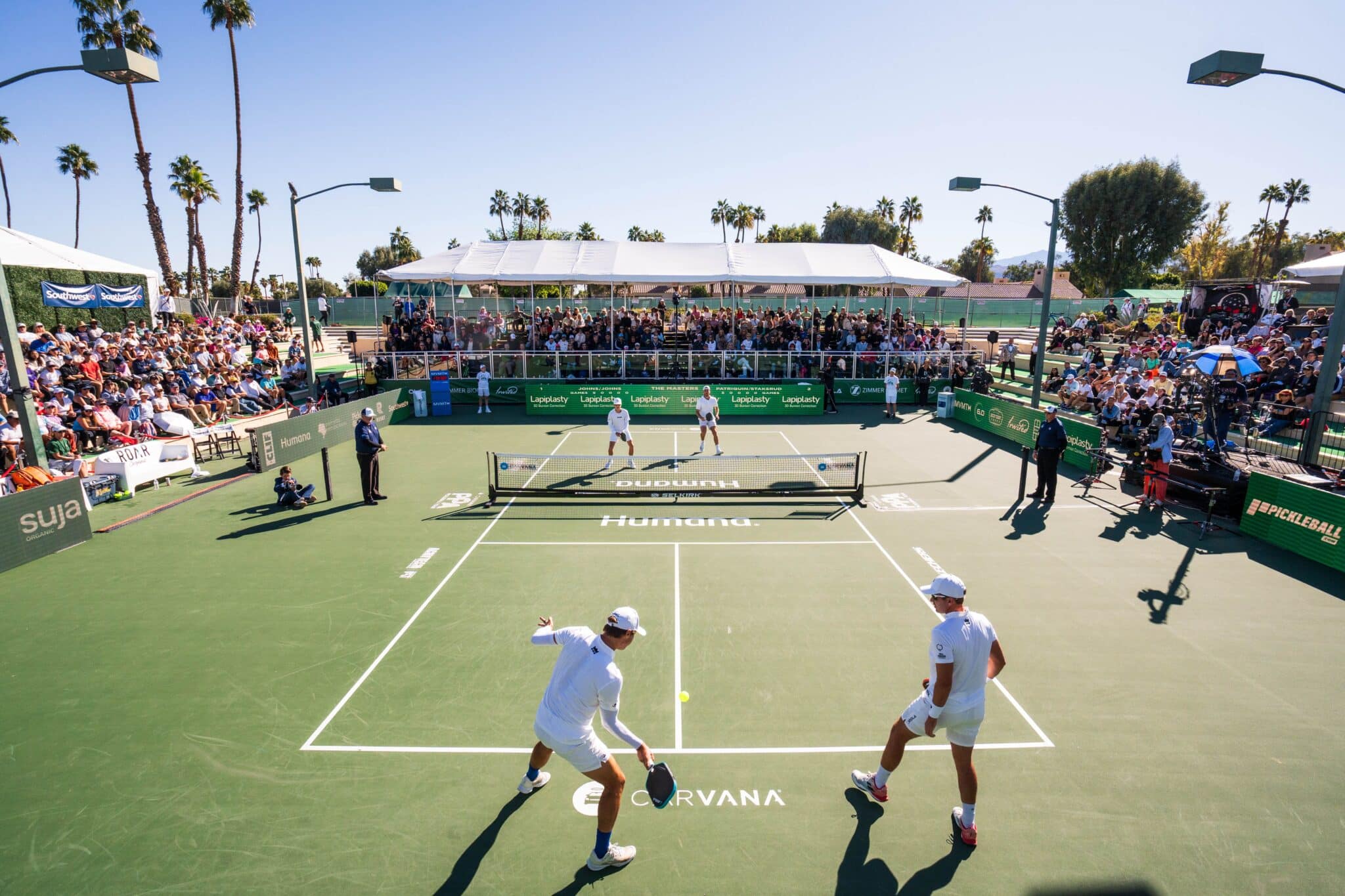
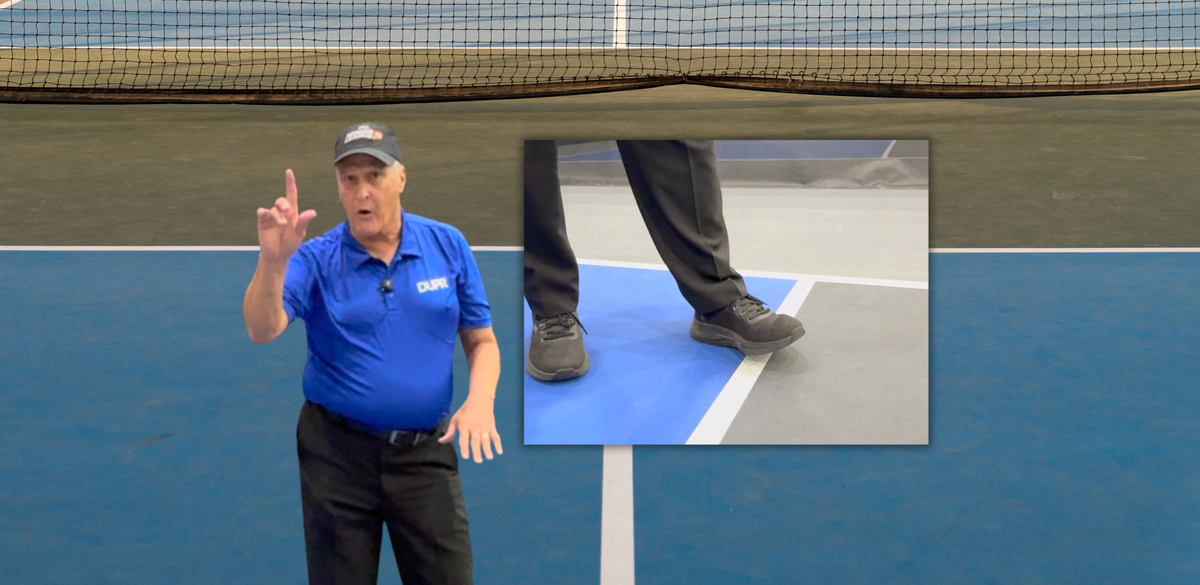
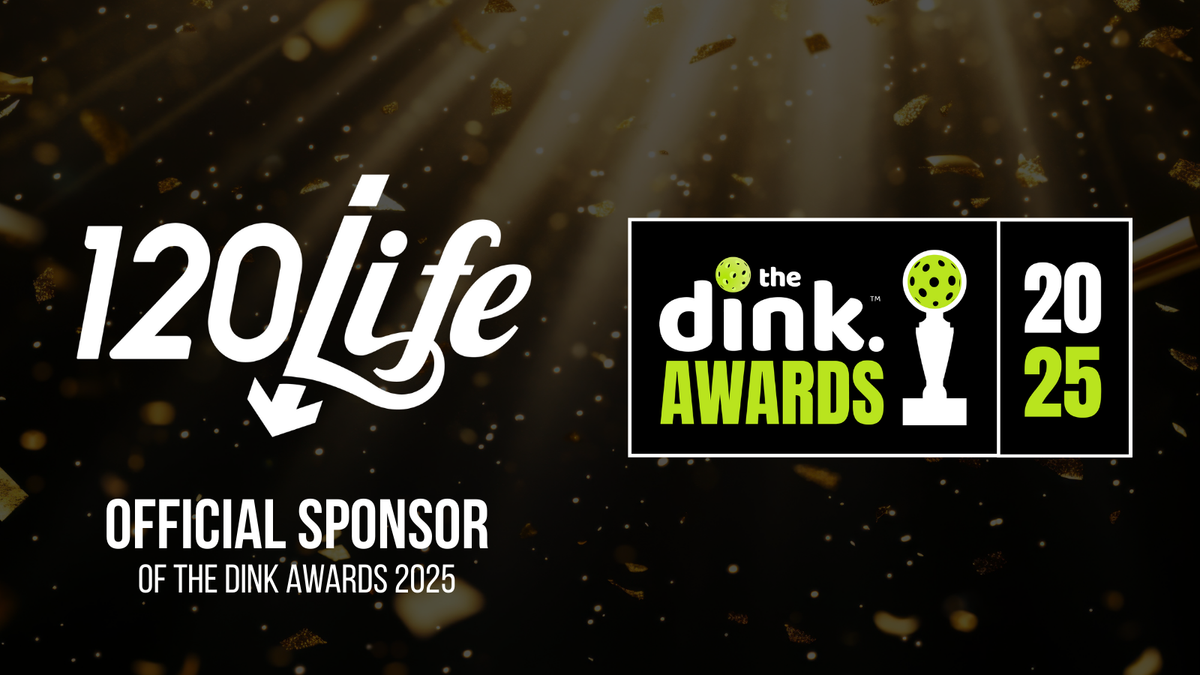




 English (US) ·
English (US) ·  Portuguese (BR) ·
Portuguese (BR) ·